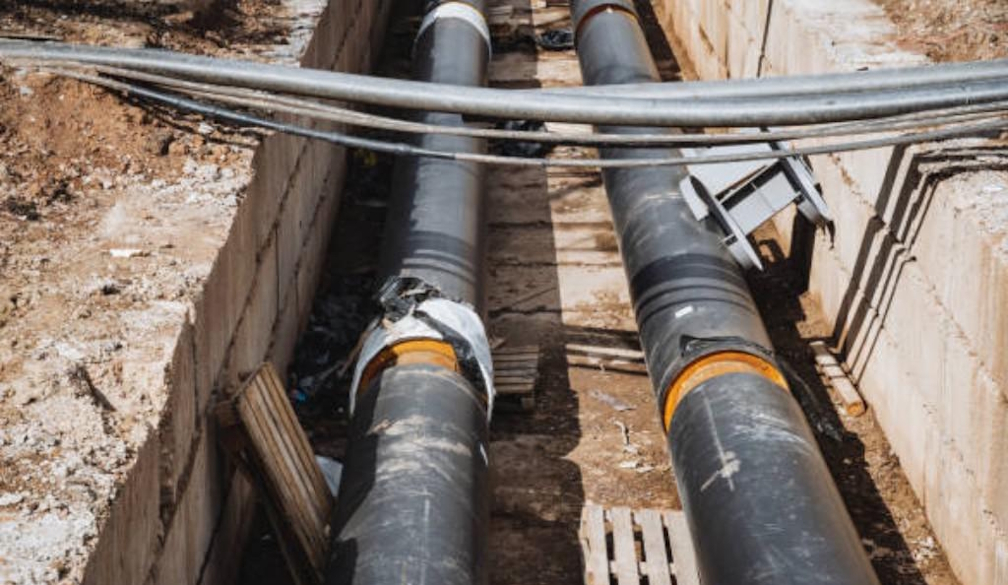The Science Behind Pipe Testing: How Does It Ensure Pipe Integrity?
- Written by Asian Spectator

Pipe testing is one of the major requirements in making sure that infrastructures are safe and reliable. The procedure evaluates pipe strength, durability, and resistance. It finds weak spots, leaks, and possible failure areas before these issues get worse. Modernized testing techniques like hydrostatic and ultrasonic ensures high accuracy. These techniques help engineers inspect newly built and previously installed pipelines. Continuous pipe testing can lengthen the lifespan of systems because of the early identification of problems. This scientific approach will prevent accidents, reduce the maintenance costs, and ensure sustainable development. Pipe testing ensures that the industries and governments carry out safe and efficient operations.
How Pipe Testing Supports Adelaide’s Infrastructure Development Project
The developing infrastructure in Adelaide needs pipelined lines that should be safe enough. Pipe testing Adelaide is done for confirmation of adherence to industrial standards and the targets of the projects. New constructions, like residential blocks and industrial bases, need to have durable water pipeline and gas pipeline lines. Such testing ensures that high pressure resistance should be given by the pipes along with more extreme environmental requirements. It further identifies manufacturing errors along with ensuring material quality. Installation faults are detected through testing during construction, thereby preventing future problems. Leaks and weaknesses are repaired early; hence, the public is assured of safety. Testing on pipes reduces costly delays in large scale infrastructure projects. Its function is central in Adelaide quest for sustainable and resilient urban development.
Preventing Pipe Failures in Adelaide's Construction Industry Through Testing
Various problems in the pipes affect the construction sector in Adelaide. The primary problem is corrosion, especially for metal pipes. Moisture and chemicals increase the corrosion of pipes. Pipe testing Adelaide detects the initial stages of corrosion and intervenes appropriately. Leakage in the joint is another failure form that is brought about by either poor installation or degradation of materials. Testing ensures that joints are strong and not prone to pressure changes. External damage caused by heavy machinery can also create cracks or dents in pipelines. Damage due to such factors is detected during regular inspections, which save further problems.
Obstructions due to accumulation of trash or silt also affect the working of the pipes. Testing measures flow rates to identify and solve such obstructions. In Adelaide temperature fluctuations occur at all times, causing pipes to expand and contract. This gradually weakens the structure, and the pipes are more likely to crack. Thermal testing checks up a material against a different temperature. Testing methods also account for manufacturing defects so that pipes meet the safety standards. Pipe testing, by having identified such defects, avoids costly repairs and delays in a project. It is an appraiser for a safer more durable infrastructure.
How Regular Pipe Testing Can Improve the Lifespan of Water Supply Systems
It is vital to test pipes regularly to ensure the efficient operation of water delivery systems. It assists in the early detection and correction of leaks, hence reducing losses in water. Unobserved leaks burden the municipal resources and increases the operational costs. The level of pressure is monitored to ensure that the pipes are operated safely. Great pressure may cause cracks, while low pressure will result in low water delivery. Testing also reduces corrosion, which is one of the main problems in water systems. Advanced techniques identify internal and exterior corrosion before it impairs functionality. Pipe testing Adelaide encourages preventive maintenance which reduces the need for expensive emergency repairs. Testing improves system reliability by guaranteeing consistency of flow and quality. This proactive technique dramatically improves the longevity of water delivery networks. It encourages sustainable water management for Adelaide's rising population.



